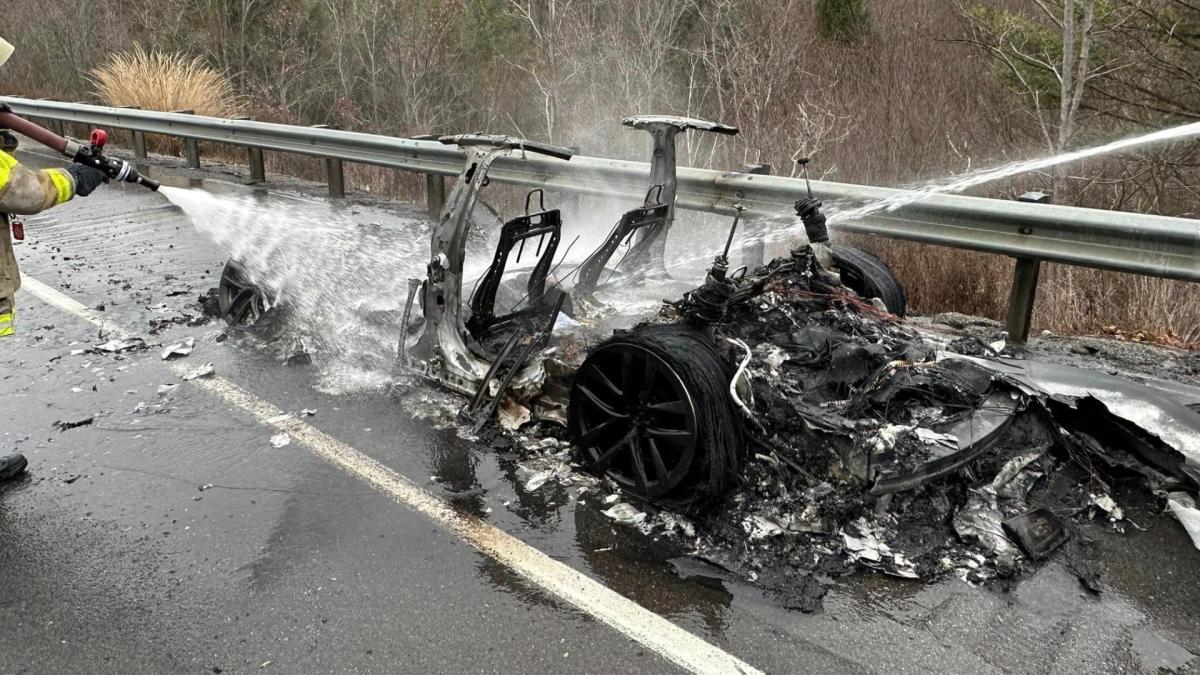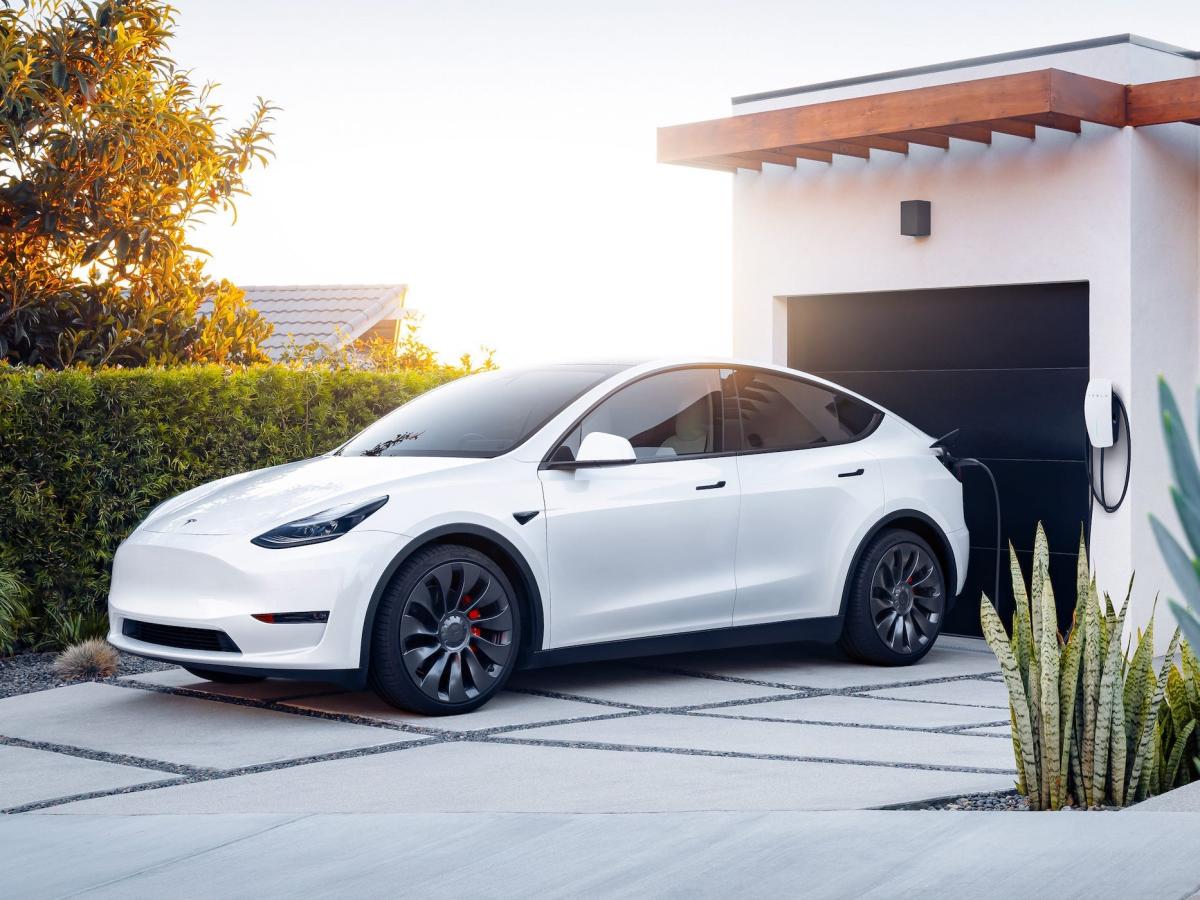tigerwillow1
Known around here
I wasn't thinking of the convenience store angle, which might be big since drivers charging their EV have to kill a bunch of time. This need to kill time might lead to an even bigger retail and restaurant presence at the charging stations. I'm not too good at seeing this type of paradigm-changing thing.
What was in my mind about charging stations being profit centers, is once there's enough critical mass of EV drivers stuck with the need to use the charging stations, the need to provide them for free or at subsidized rates will be gone, and the next phase of the bait-and-switch will commence. Whoever is responsible for the charging station will want the drivers to pay for the electricity and the facility costs, plus whatever profit they can achieve based on supply and demand. This could very well make the per-mile fuel cost as high as or even greater than an ICE vehicle. A later phase of the same thing is happening now with residential solar voltaic systems, with California in the forefront and a lot of other states following. The sweetheart net metering tariffs that subsided the homeowners are changing to remove the ongoing subsidies, throwing a lot of the financial breakeven expectations out the window.
What was in my mind about charging stations being profit centers, is once there's enough critical mass of EV drivers stuck with the need to use the charging stations, the need to provide them for free or at subsidized rates will be gone, and the next phase of the bait-and-switch will commence. Whoever is responsible for the charging station will want the drivers to pay for the electricity and the facility costs, plus whatever profit they can achieve based on supply and demand. This could very well make the per-mile fuel cost as high as or even greater than an ICE vehicle. A later phase of the same thing is happening now with residential solar voltaic systems, with California in the forefront and a lot of other states following. The sweetheart net metering tariffs that subsided the homeowners are changing to remove the ongoing subsidies, throwing a lot of the financial breakeven expectations out the window.







